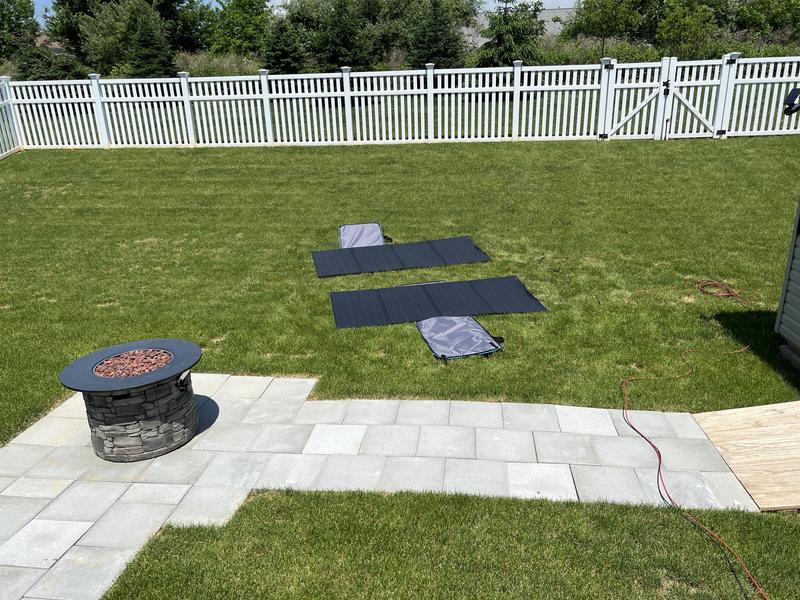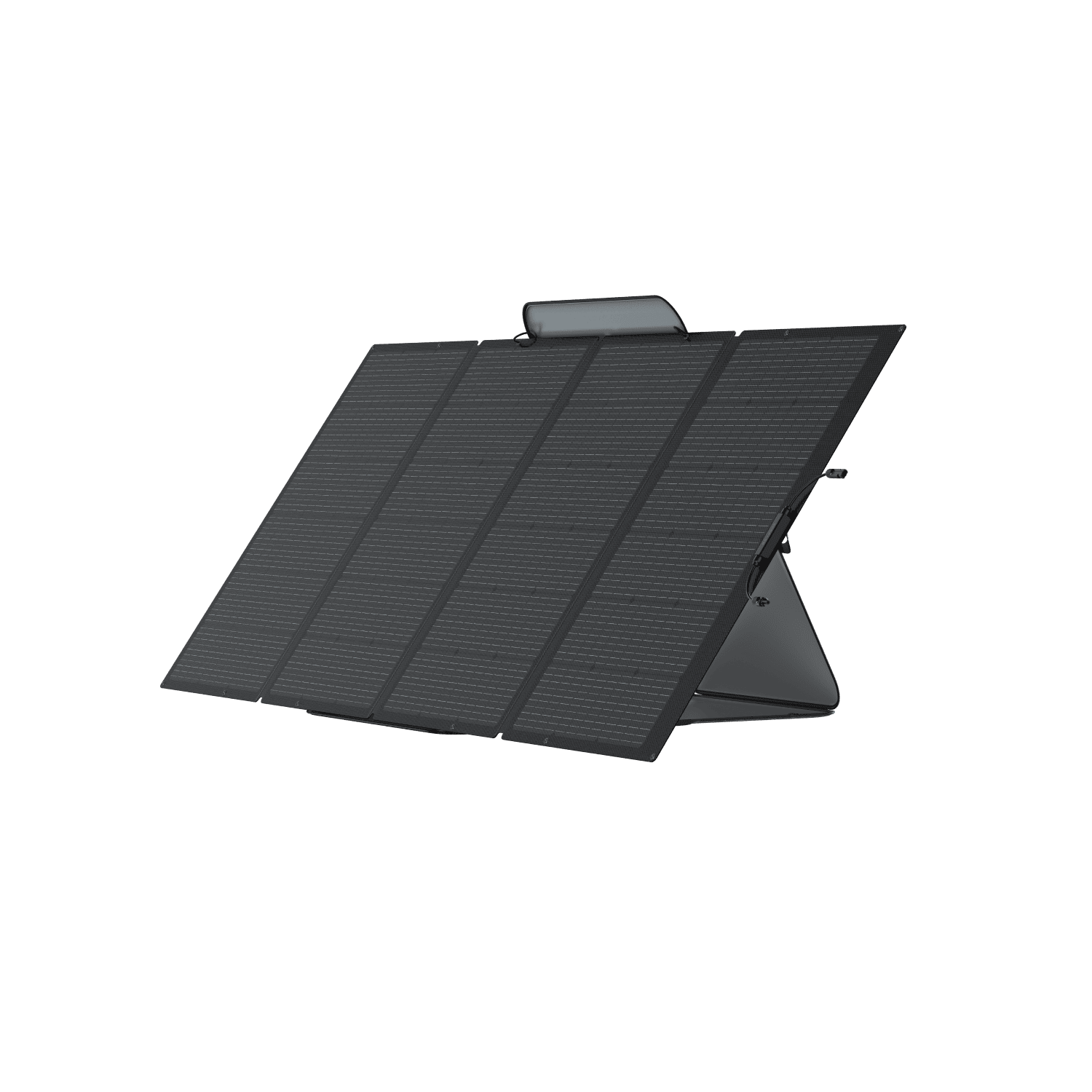What is the 20% Rule for Solar Panels?
Planning a home solar system doesn’t have to be confusing. One common way people keep it simple is by using the 20% rule. This basic idea helps make sure your solar panels give you a bit more power than you usually need—just enough to handle cloudy days, busy months, or small changes in how your home uses energy. In this guide, we’ll explain what the 20% rule means, why it helps, and how to apply it to your solar plan.
What Is the 20% Rule for Solar Panels?
The 20% rule means your solar panels should give you 20% more energy than your home usually needs. It is a way to avoid power loss during cloudy days or high-use months.
For example, if your home uses 1,000 kilowatt-hours (kWh) of energy each month, you should install a system that gives you 1,200 kWh. That extra 200 kWh is your buffer.
Why? Solar panels do not always give the same power. Sunlight changes. Air conditioners run longer in the summer. Sometimes you cook more. That little extra energy helps fill the gap when you need more than usual.
Is the 20% Rule for Solar Panels Any Good?
Let’s look at why many people use this rule
Helps when the sun is not strong
Solar panels need sunlight to work. But the sun is not always bright. Sometimes there are clouds. Sometimes dust builds up. On those days, your solar panels will give less power. The 20% extra power helps fill in the gap. Even with weaker sunlight, you still get enough electricity to run your home.
Covers your busy months
Some seasons use more power. In the summer, fans and air conditioners work all day. In winter, heaters may stay on longer. If your system only gives the exact amount you use in a quiet month, it may not be enough later. With 20% extra, your system keeps up when your energy needs go up.
Gives you extra savings
Some places let you send extra energy back to the grid. When your panels make more than you need, that energy is not wasted. Instead, you can get credit from your power company. That credit can lower your next bill. Over time, this can save you a lot of money.
Makes up for system loss
Some power is lost during normal use. Wires and inverters reduce energy a little as it moves through your system. These small losses add up. The 20% extra power helps cover those losses. This way, the energy reaching your home stays closer to your goal.


Prepares you for future needs
Your energy use may grow later. You might start working from home. You might buy a second fridge or an electric car. You might add a new air filter or water heater. The 20% rule gives you a head start. You won’t need to add new panels right away.
What Will Affect the 20% Rule for Solar Panels?
The rule works best when certain things go well:
Roof direction and tilt
Solar panels work better when they face the sun for many hours. Roofs that face south in many places get more sunlight. If your roof faces another way or is flat, your panels may give less power. The angle of the roof also matters. A bad tilt can lower how much energy the panels collect.
Weather in your area
Solar energy depends on the sun. Some places have more sunny days than others. If you live in a place with many cloudy or rainy days, your panels may not reach the full power you planned. You may need more panels or higher efficiency equipment to match your needs.
Size of your roof
Not every roof can hold a lot of panels. If your roof is small, it may be hard to add enough panels for the 20% extra. In that case, you can choose panels that give more energy in a smaller space. These are often more costly but help in tight areas.
Shade from trees or buildings
Shade can block the sunlight your panels need. Even a little shade can reduce energy by a lot. If trees, tall houses, or nearby buildings cast shadows on your roof, the panels will not work at full power. You may need to trim trees or pick a better spot.
Your home’s power use
Some homes use power at a steady rate. Others use more at some times and less at others. Homes with many people, tools, or electric appliances use more energy. If your needs change often, it is harder to plan the system size. The 20% rule helps, but big changes may still affect performance.
Energy rules in your city
In some cities, power companies let you get credit when you send energy back to the grid. In other places, that credit is low or not allowed. When credit is strong, the 20% rule gives you more value. When credit is not offered, you may need to change how you size the system.
How to Calculate the 20% Rule for Solar Panels
It is easy to do with three steps:
Step 1: Check your energy bills
Look at your past 12 months of electricity use. Most bills show how many kilowatt-hours (kWh) you used each month. Add all the numbers together. Then divide the total by 12. That gives you your monthly average.
Example: (950 + 870 + 910 + … + 980) ÷ 12 = 900 kWh/month
Step 2: Add 20%
Take your monthly average and multiply it by 1.2. That gives you the target number your solar system should try to produce each month. It includes the extra 20% buffer.
Example: 900 x 1.2 = 1,080 kWh/month
Step 3: Talk to a local solar expert
After finding your target number, speak with a trusted solar installer. Give them your monthly energy use and the 20% target. They can check your roof, sunlight hours, and space to help you plan the right number of panels. They will also know your area’s rules and help guide your next step.


Does the 20% Rule for Solar Panels Mean Anything Else?
The “20% rule” is not always about system sizing. It can mean different things in different situations. Here are a few other ways people use the term:
- A panel that converts 20% of sunlight into power
- A safety buffer added for energy loss in wires and inverters
- A design limit on roof space coverage in some building codes
- An estimate of how much a solar system might lower your energy bill
- A simple way to plan for future growth in home power use
Let’s take the solar panel efficiency as an example.
Solar Panel Efficiency: 20% is Not a Constant Number
In some cases, the 20% rule means that a solar panel has 20% efficiency. This tells you how well the panel turns sunlight into electricity. For every 1,000 watts of sunlight that hit the panel, it gives you 200 watts of power. That means 20% of the sunlight is turned into usable energy. But not all solar panels a
The EcoFlow 125W Bifacial Modular Solar Panel shines here, which offers up to 25% efficiency. That means for every 1,000 watts of sunlight it receives, the panel can give you around 250 watts of usable power. This is very strong, especially for people with limited roof space or mobile setups like RVs.
But that’s not all. This panel also brings other helpful features:
Modular design: You can link up to 8 panels for a total of 1,000W.
Adjustable tilt (30°–60°): You can match the angle to the sun for better performance.
Bifacial design: It uses light from both sides to create more energy.
Durable build: It has a strong structure and IP68 waterproof rating, which means it can handle tough weather.
Lightweight and portable: Four panels weigh only 35.2 lb (16.2 kg), easy to move or carry.
Long life: It is made to last up to 30 years, with 90% performance expected.
So when people talk about the “20% rule” in terms of efficiency, a panel like this goes even further. It gives more power in less space and stays useful for a very long time.
Summary
The 20% rule for solar panels is a helpful way to build in extra power for real-life conditions. It gives you a cushion for cloudy weather, higher seasonal use, and system loss, while also preparing for future changes in your energy needs. Though it's simple to calculate, the exact value depends on your roof, local weather, and power use. In some cases, the term also refers to panel efficiency or installation codes. With help from a local expert and tools like high-efficiency panels, the 20% rule can lead to a more stable and cost-saving solar setup.